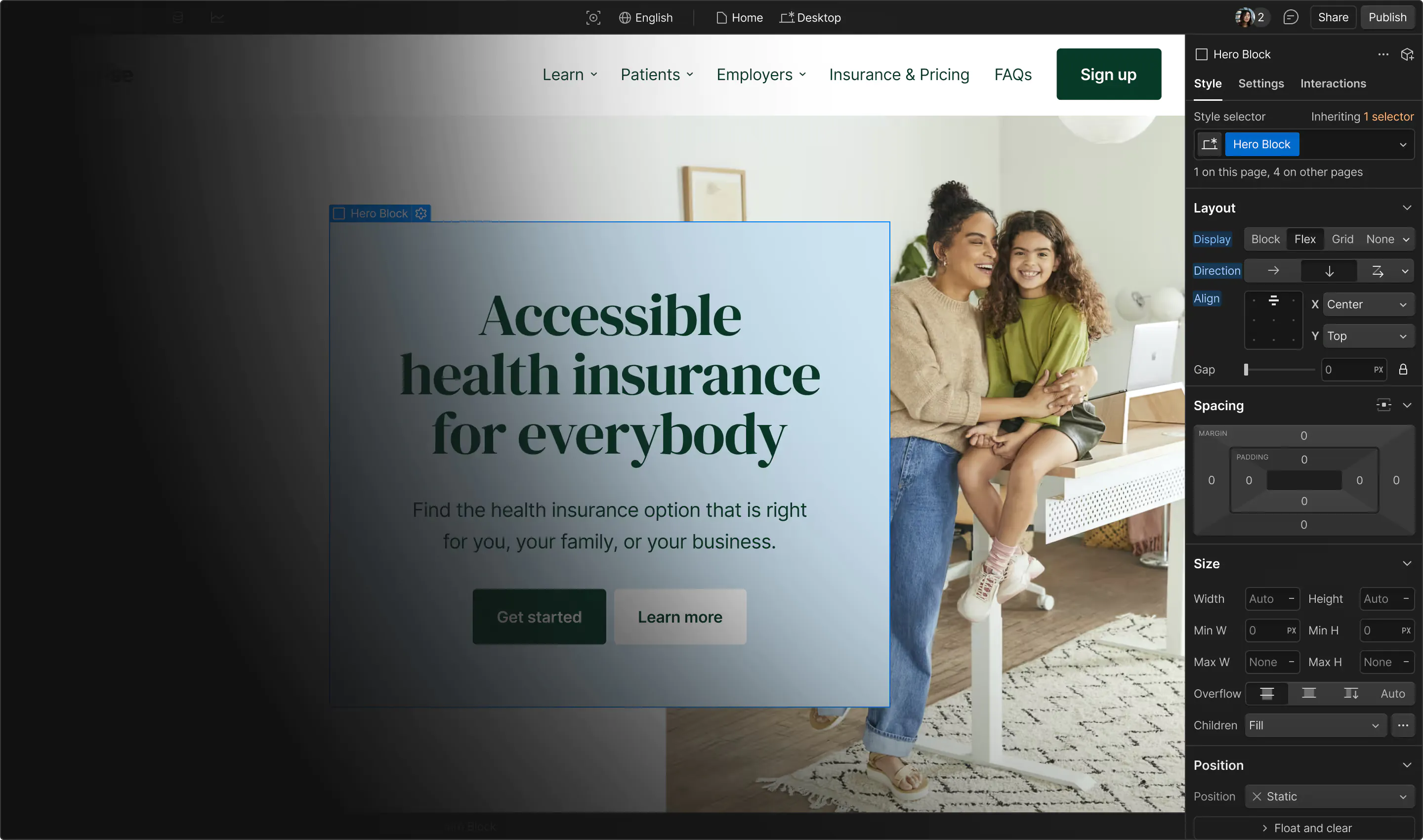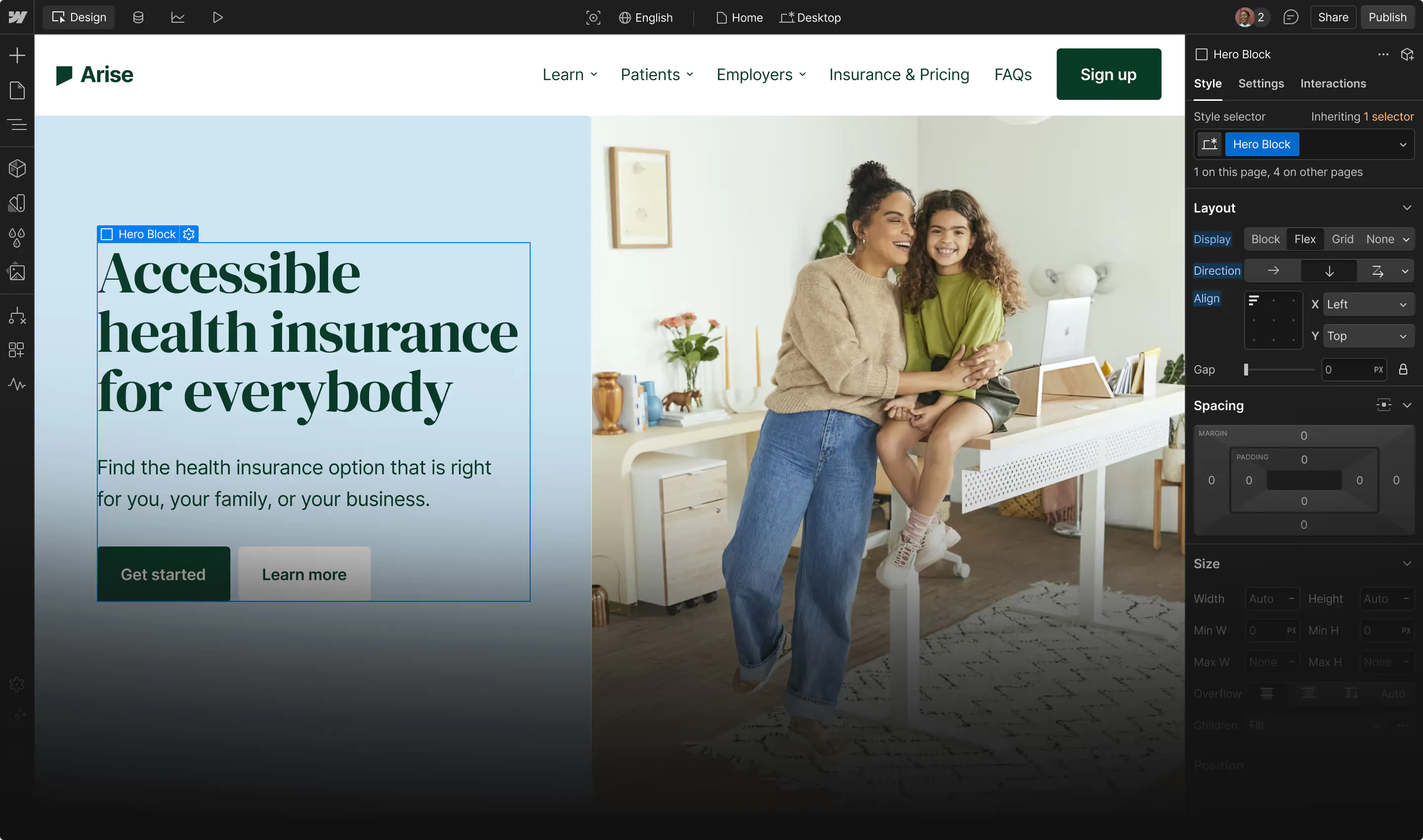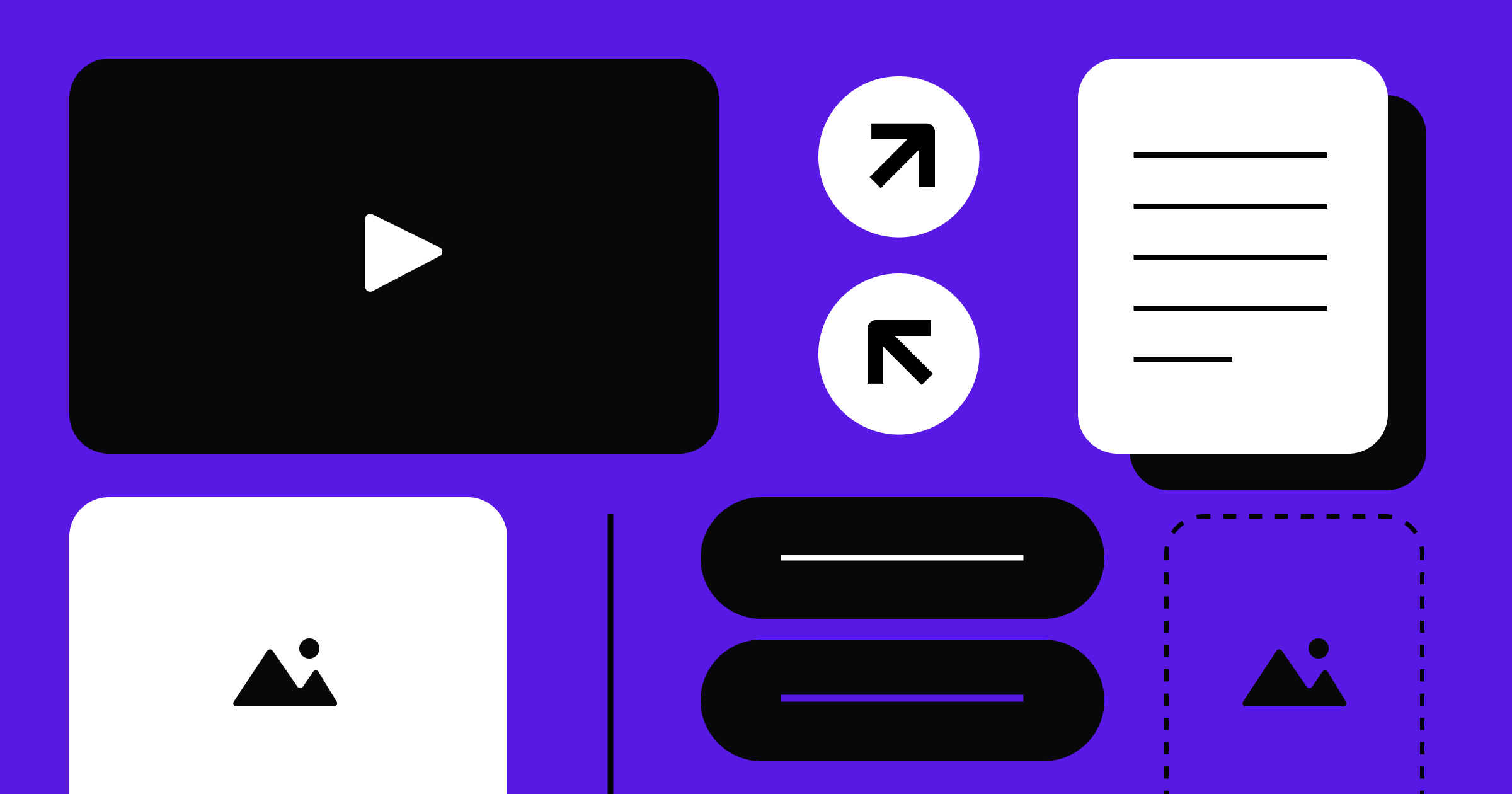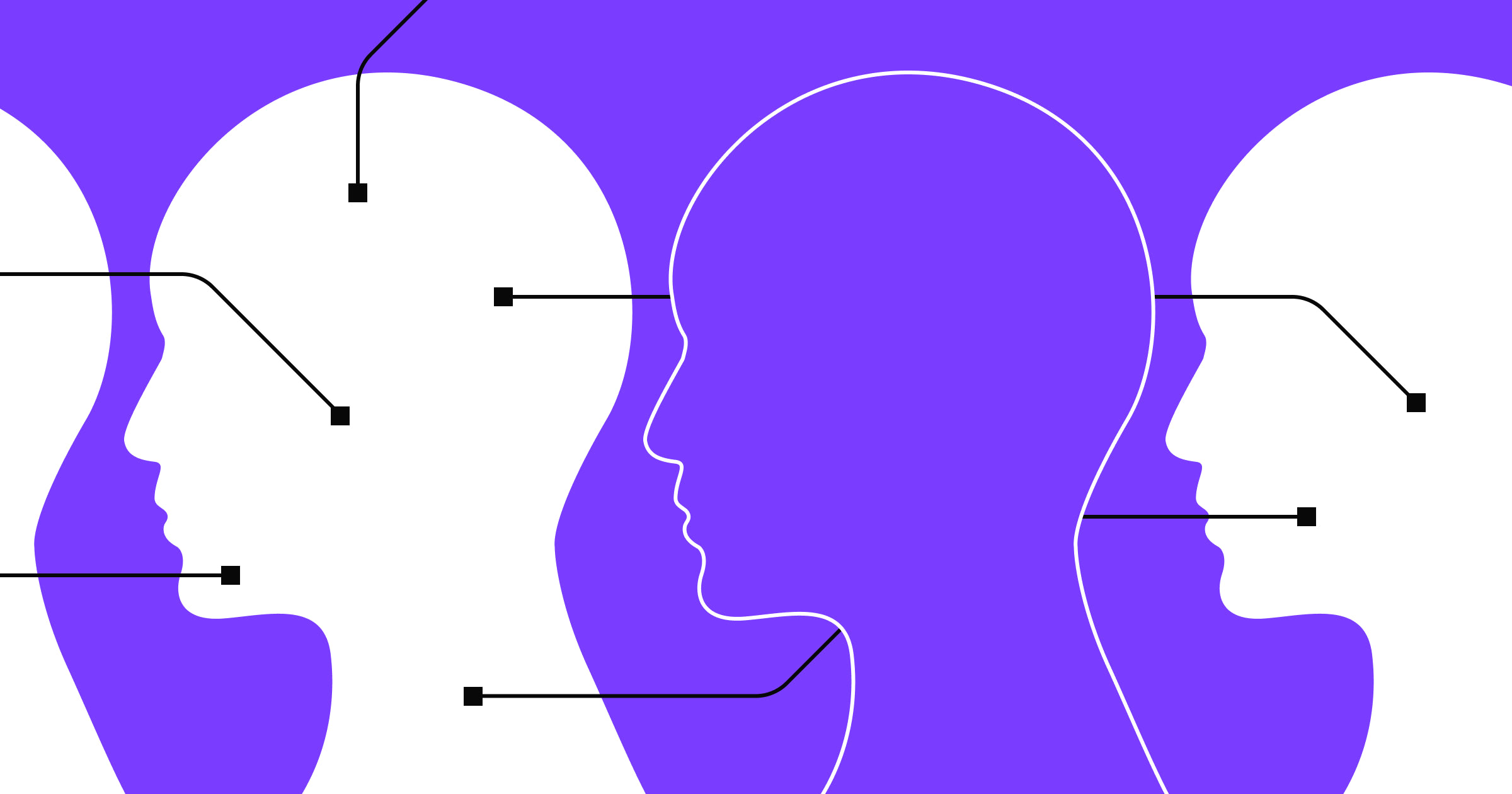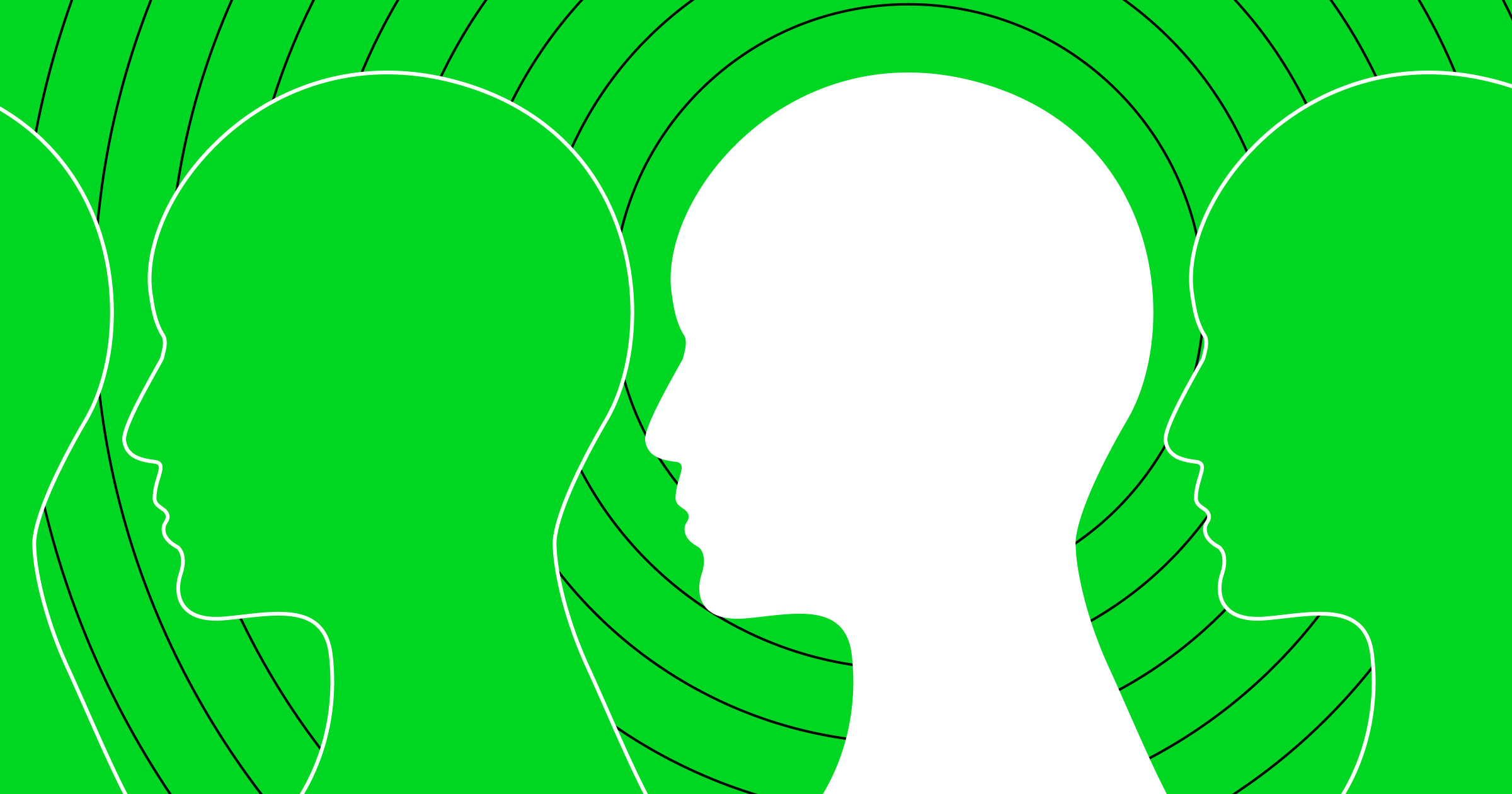When it comes to technological shifts, we often overestimate their short-term impact while underestimating their long-term transformative power.
Just as electricity evolved from simply replacing gas lamps to powering entire industries and reshaping society, AI is ready to fundamentally transform how we design and deliver digital experiences.
"For the first time, maybe it's because my employability is feeling slightly challenged, I'm like, 'okay, this is different,'" shares Kieron Leppard, Managing Director of Design at Huge, during his presentation at Webflow Conf 2024. "But the reframe for me is to be excited. When these seismic moments happen, we need to think about: ‘What are the moments we can grasp?’ ‘What's the new value that's going to get created?’"
Drawing parallels between AI and electrification, Leppard suggests we're at the beginning of a similar revolutionary curve. Just as electrification led to refrigeration, entertainment, and eventually the internet itself, AI promises to evolve from standalone products to integrated services—and ultimately become the invisible backbone of all digital experiences.
As AI tools become more sophisticated and accessible, the fundamental nature of how we create and interact with digital experiences is being rewritten. The question isn't whether to adapt, but how to use this transformation to create experiences that are more anticipatory, personal, and genuinely human than ever before.
The evolution of human-computer interaction
"As a failed computer scientist," Leppard recalls, "we started with the command line—you had to be an expert. You had to have a computer science degree to tell the computer exactly what you wanted to do."
This evolution progressed through distinct phases:
- From command line to graphical interfaces
- From browsers to touch screens
- And now to something that feels like we've come full circle: the prompt.
But there's a big difference this time: "For the first time, this technology is truly adapting to us," Leppard says. "It's gone from 'I tell you what to do,' to 'we do it together,' to 'you do it for me.'"This shift is more than just technological progress; it signals a fundamental change in how we approach design and development. Where once we focused on optimizing experiences around metrics like LTV, conversion rates, and click-through rates, we're now entering an era where experiences can truly respond and adapt to individual users in real-time.
"I fundamentally believe that every way we do something—the way we make, but also how we make—is going to change in the next 5 to 10 years," Leppard predicts. This transformation opens up new possibilities that were previously relegated to speculative design sessions and brand vision boards—possibilities that are now within reach.
Raising the floor, not the ceiling
We're witnessing a fundamental shift in the quality baseline of design work: "The floor is definitely rising. It's hard to get bad copy out of an AI anymore, bad CTAs.
"But this raises an important question: "When AI can produce 10,000 of anything, how do we know what “better” is?" Leppard cites a media team he encountered that was creating 100,000 different versions of paid media ads, updating and changing them in real-time to target different cohorts. In this world of literally infinite possibilities, the designer's role is evolving into something more crucial than ever: the tastemaker.
"Your superpower," Leppard asserts, "is that you're going to have to be more and more of a tastemaker. You are going to have to know what great looks like." This means identifying:
- What is unique and unexpected
- What is bold and provoking
- What will resonate with customers and culture
While AI currently lacks the imagination and originality of humans, designers must still master these tools while developing their aesthetic judgment. As Leppard puts it, "You have to go out and learn the tools and work out their limits and how we can work with them." But ultimately, success comes down to anchoring in story because humans still connect with narrative and emotional stories.



















Evolving design systems
In our ebook, learn why experts are investing in scalable design systems and how they are thinking about the future of design systems.
From builders to gardeners: A new mindset for designers
This new future of experience design requires a fundamental shift in how designers approach their craft. "Part of the shift in mindset that we're talking to people about is going from being builders to gardeners," Leppard says. "From this idea of creating every single part of the experience, fully owning every single pixel, getting it all perfect—to the idea of creating the conditions for an experience to happen."
This transformation manifests in several shifts:
- From pixel perfection to seed sowing: Instead of controlling every detail, designers need to become comfortable with setting parameters and allowing experiences to grow and adapt. This means creating flexible systems that can respond to user needs while maintaining brand integrity.
- From fixed paths to flexible journeys: This means designing for variability and embracing the uncertainty that comes with dynamic experiences. "From thinking about just those red path perfect use cases to thinking about how we'll create experiences for any case," Leppard notes.
- From static to self-evolving systems: Design systems themselves are evolving from manually scaled frameworks to dynamic entities that can "elementally manage themselves," learning and adapting from user interactions. As Leppard puts it, we're moving "from just purely data informed to data fueled in real time."
- From rules to guardrails: The focus shifts from rigid business rules to more flexible brand guardrails: "What is the tolerance and the safety guardrails that we are willing to operate within when we talk to a customer to solve a particular challenge?" This approach allows for more dynamic, personalized experiences while maintaining brand consistency.
"About 40-50% of the briefs and the RFPs that we get in at the moment are starting to ask us about this stuff," Leppard says, highlighting how this shift isn't just theoretical. It's already happening in the real world.
How Webflow enables the future of experience design
A changing mindset is the first step in adopting the future of experience design, but you’ll also need the right foundation and tools to make it happen. Webflow's website experience platform provides the perfect springboard for implementing many of the concepts Leppard shared.
- Webflow's visual, composable CMS lets you design, build, manage, and organize the kind of adaptive content experiences Leppard envisions scalably in a visual canvas.
- Webflow's style system and global settings help you establish the brand guardrails Leppard mentioned. This allows you to maintain brand consistency while enabling the flexibility needed for dynamic web experiences.
- Webflow’s AI-powered optimization capabilities help teams focus on what Leppard identifies as their key differentiator: being tastemakers. Let AI Optimize boost the performance of your personalized campaigns and deliver fast results — all with less work for your team.
To learn more about Webflow Enterprise and how it can help your team visually build, manage, and optimize sophisticated web experiences at scale, get in touch with our team today.
